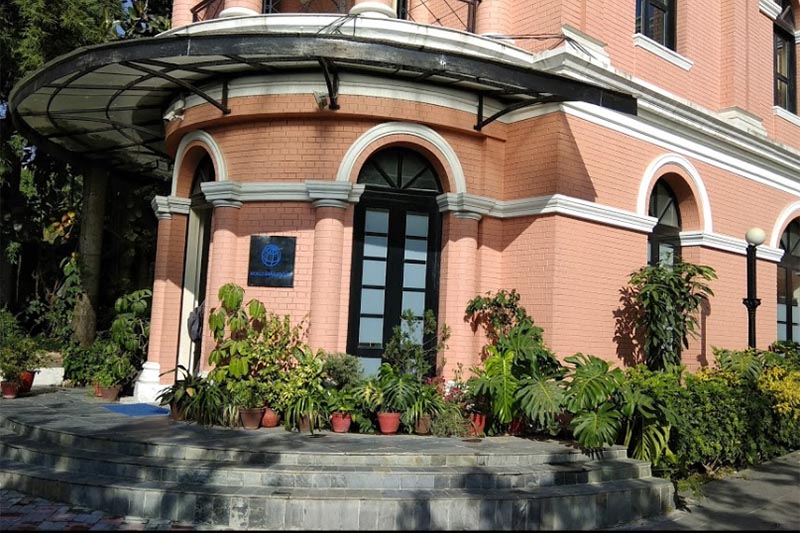Nepal’s economic growth to shrink to 2.1 pc: WB
KATHMANDU, JULY 23
Economic growth is estimated to contract sharply to 2.1 per cent in the current fiscal year due to the COVID-19 pandemic and the lockdown imposed to check its spread, despite efforts by the government to curb the economic fallouhttps://thehimalayantimes.com/wp-admin/upload.phpt from the crisis, states the World Bank’s latest Nepal Development Update. It adds that transitioning the economy from the relief stage through to restructuring and resilient recovery requires a strategic approach to get the country back on a sustainable and inclusive growth path.
As per the report, economic activity in the tourism sector will remain weak and remittance inflow will be moderate, while supply chain disruptions will keep industrial and agricultural production low. Low economic activity and oil prices will also keep imports low and below the pre-crisis levels, leading to a projected narrowing of the current account deficit to 6.5 per cent of the gross domestic product, adds the report. The World Bank stated that lower imports will continue to limit revenue collection.
“However, fiscal measures announced as part of the budget for the current fiscal year, including a revision of customs duties, will provide some support to the budget as spending levels on relief and recovery efforts remain elevated,” reads the report.
The World Bank has projected the fiscal deficit to marginally decline to 6.6 per cent of GDP in fiscal 2020-21.
“For a resilient recovery and inclusive growth, economic support measures to firms and workers in the informal sector will be important,” said Kene Ezemenari, World Bank’s senior economist and author of the update, adding that incentives to agribusiness-based and forest-based small and medium enterprises, with a focus on returnee migrants and youths, could help increase employment and food security.
The report outlines four pillars in the areas of health, social support, economic support and cross-cutting priorities, including fiscal sustainability and focus on digital and green economies.
This includes measures to strengthen the health system and scale up social protection systems, including the adoption of a social registry to make these systems more resilient against future shocks. Enhanced school sanitation and health protocols, including health screening, water and sanitation facilities will be needed to enable a return to schooling for children.
“In the rapidly unfolding global scenario brought by COVID-19, insights from the Nepal Development Update on Nepal’s outlook, challenges and way forward are very helpful. We need to address the crisis with macroeconomic and sectoral policy focused on fiscal sustainability, financial sector stability, a digitally-oriented green economy and resilient public services,” stated Finance Minister Yubaraj Khatiwada.
He also appreciated the rapid action taken by development partners, including the World Bank, Asian Development Bank, International Monetary Fund and others, for providing Nepal with tangible resources and support to maintain its fiscal balance and accelerate growth and inclusive development.
The report suggested that expansionary fiscal and monetary policies will be important in the initial relief stage to support banking sector liquidity and provide relief to households and firms. From restructuring through to resilience, expansionary and monetary policies will help pave the way for strengthening financial sector stability in the long run while also building resilient public services and green growth through sustainable and resilient infrastructure, strengthened solid waste management and air and water pollution control, adds the report.
“For Nepal to emerge stronger from the crisis, it is important to adapt quickly to the new reality,” stated Faris Hadad-Zervos, World Bank country director for Nepal, Maldives and Sri Lanka. “We are encouraged to note the early start made by the government with the development of Nepal’s relief, restructuring and resilience plan and are committed to working together with multilateral development banks and development partners in helping the country build back greener and better,” he added.
A version of this article appears in e-paper on July 24, 2020, of The Himalayan Times.






